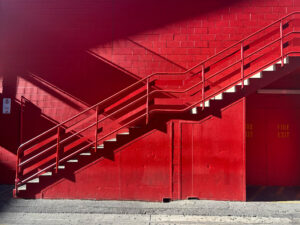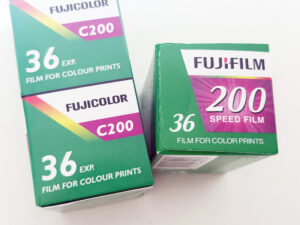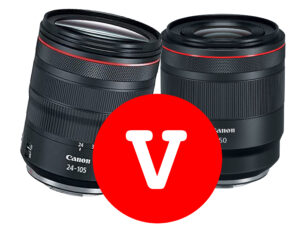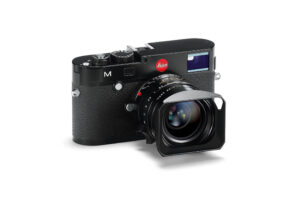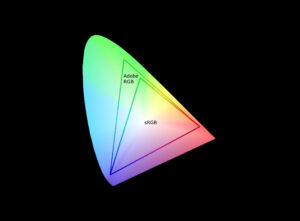Achieving the correct exposure is one of the cornerstones of great photography. Whether you’re capturing a stunning landscape or a dramatic portrait, understanding and using your camera’s metering modes can make all the difference. In this guide, we’ll break down the different types of camera metering, how they work, and when to use them to elevate your photography skills.
What Is Exposure Metering in Photography?
Exposure metering is the process your camera uses to measure light in a scene and recommend the best settings to achieve a balanced exposure. This ensures your photos aren’t too dark (underexposed) or too bright (overexposed).
Most modern cameras come with built-in light meters that offer several metering modes tailored to different shooting scenarios. Let’s explore these modes and when to use them.
Different Types of Camera Metering Modes
1. Matrix/Evaluative Metering
- How It Works: This mode divides the frame into multiple zones, takes light readings from each, and prioritizes the area around your focus point.
- Best For: Balanced scenes with even lighting, such as landscapes or general photography.
- Names by Brand:
- Canon: Evaluative Metering
- Nikon: Matrix Metering
- Sony/Fujifilm/Pentax: Multi Metering



Matrix metering works well in most situations but may struggle with high-contrast scenes.
What do the metering mode icons tend to look like?
Metering mode icon diagram:

3. Spot Metering
- How It Works: Spot metering evaluates a tiny area, usually around 1-3% of the frame, typically near your focus point.
- Best For: High-contrast scenes or when you need precise control, such as shooting the moon or backlit subjects.
Example: For silhouettes, spot meter the background to ensure it is well-exposed while keeping the subject in shadow.



4. Highlight-Weighted Metering
- How It Works: This mode prioritizes highlights, ensuring they aren’t blown out.
- Best For: Concerts, stage performances, or any scene with bright spotlights.



Not all cameras offer this mode, but it’s invaluable for highlight-rich scenes.
5. Partial Metering (Canon-Specific)
- How It Works: Similar to spot metering but covers a larger area (10-15% of the frame).
- Best For: Portraits with strong backlight or scenes where you want more than just a pinpoint reading.

Why Changing Metering Modes Matters
Your camera assumes every scene reflects 18% gray light. While this works for many situations, it fails in extreme scenarios like:
- Bright Scenes (e.g., snow): The camera underexposes, making snow look gray.
- Dark Scenes (e.g., night): The camera overexposes, making blacks look gray.
Switching to the right metering mode or using exposure compensation can help you capture the scene as you see it.
How to Change Metering Modes
Different brands use distinct icons and menus, but the process is typically straightforward:
- Locate the metering mode option on your camera (in the menu or as a button).
- Select your desired mode.
- Adjust settings as needed based on your scene.
When to Use Each Metering Mode
- Matrix/Evaluative: General photography, balanced light.
- Center-Weighted: Portraits, centered subjects with distracting backgrounds.
- Spot: High-contrast scenes or subjects with complex lighting.
- Highlight-Weighted: Performances or scenes with bright highlights.
- Partial (Canon): When you need broader precision than spot metering.
Tips for Perfect Exposure
Technically this is tips for getting the exposure you want for your photograph.
1. Use Exposure Compensation
If your camera consistently over or underexposes, dial in compensation (e.g., +1 for snow or -1 for a black suit).
2. Try Manual Mode
When metering modes don’t cut it, take control by adjusting shutter speed, aperture, and ISO manually.


3. Use a Handheld Light Meter
For ultimate accuracy, especially in studio settings, use an external light meter.
FAQs About Metering Modes
Q: What is the best metering mode for portraits?
Center-weighted or evaluative metering works well for portraits, especially if the subject is in the center.
Q: When should I use spot metering?
Use spot metering for small, bright subjects against a dark background, like the moon.
Q: Which metering mode is best for landscapes?
Matrix/evaluative metering is ideal for landscapes with balanced lighting.
Mastering metering modes gives you more control over your photography and ensures your images are consistently well-exposed. Experiment with different modes to see how they impact your shots and find what works best for your style.
By understanding exposure metering, you can transform good photos into great ones, capturing the scene just as you envision it.






